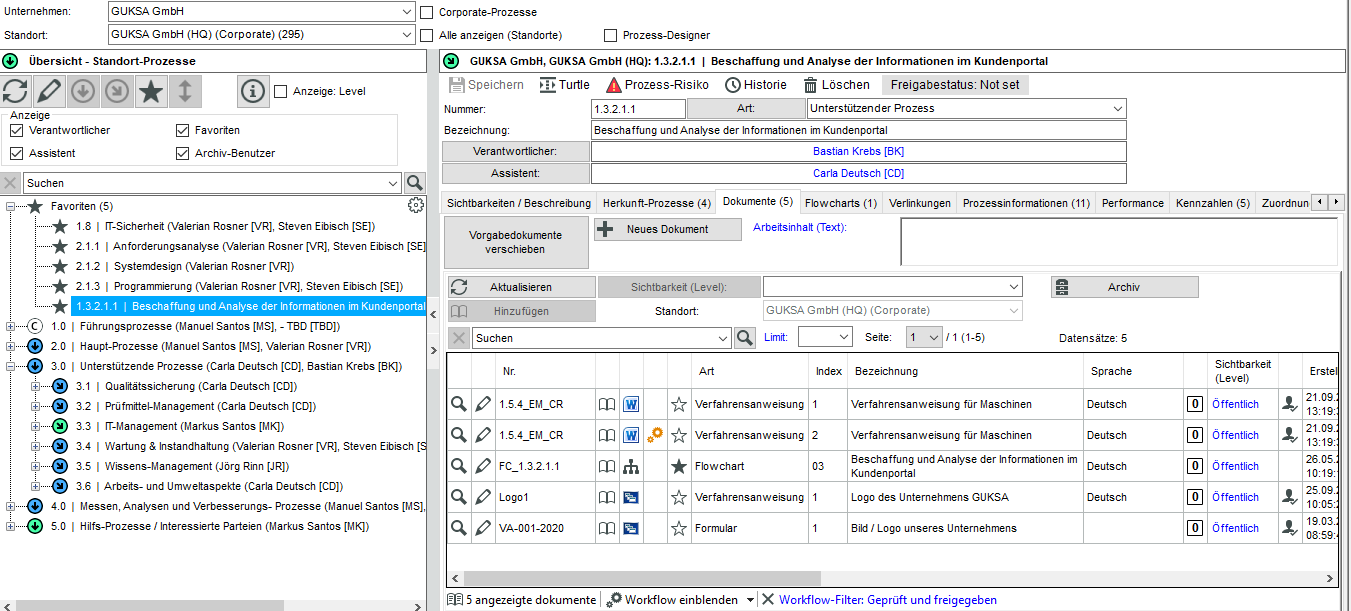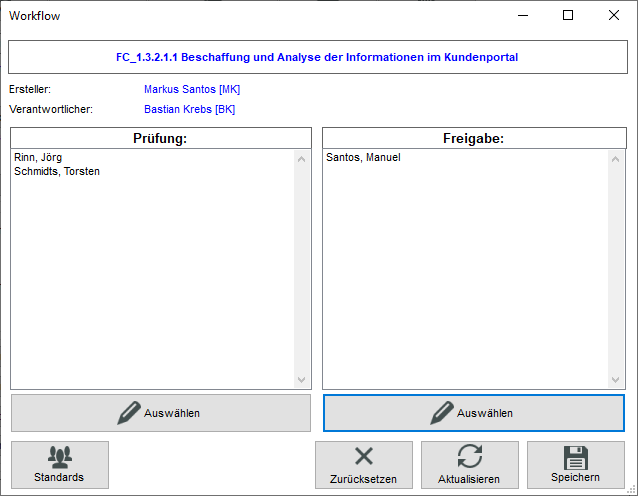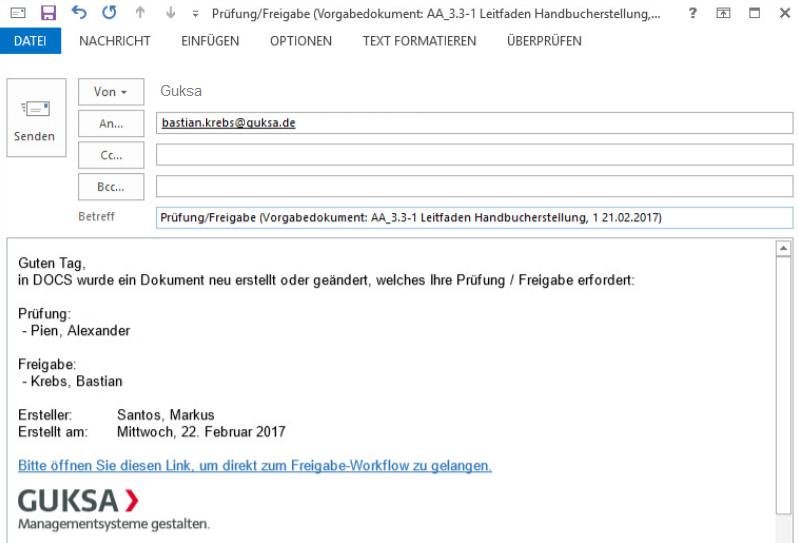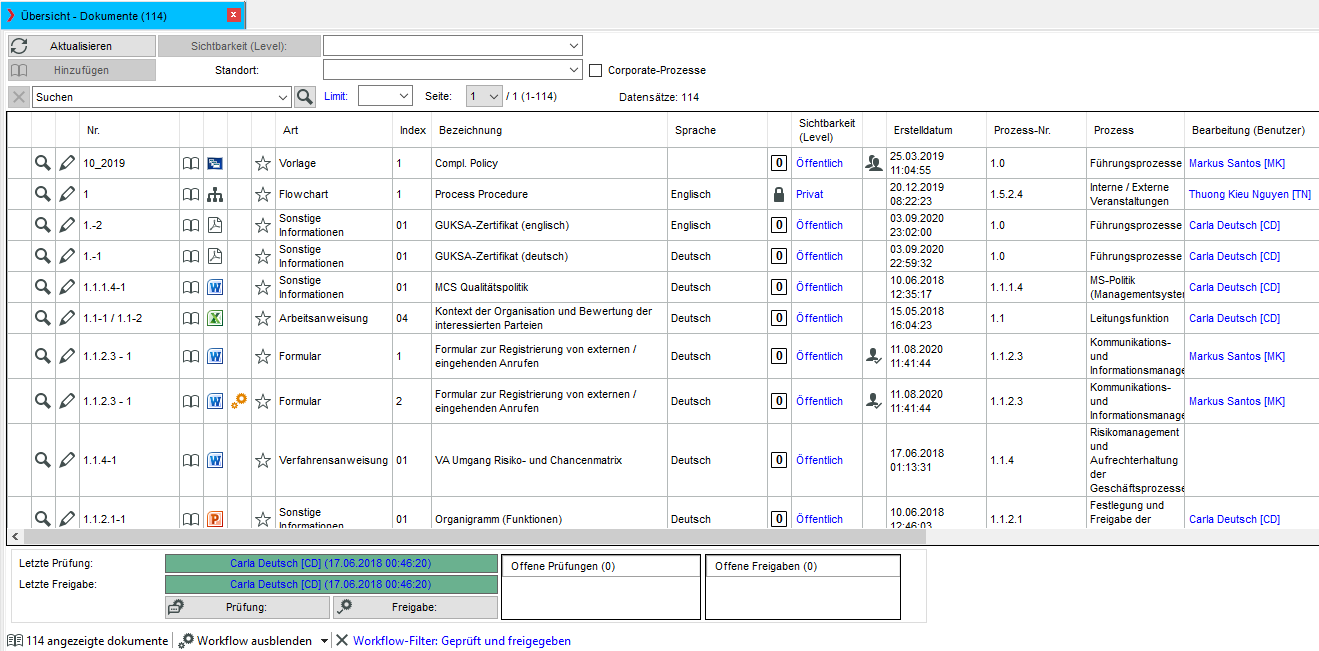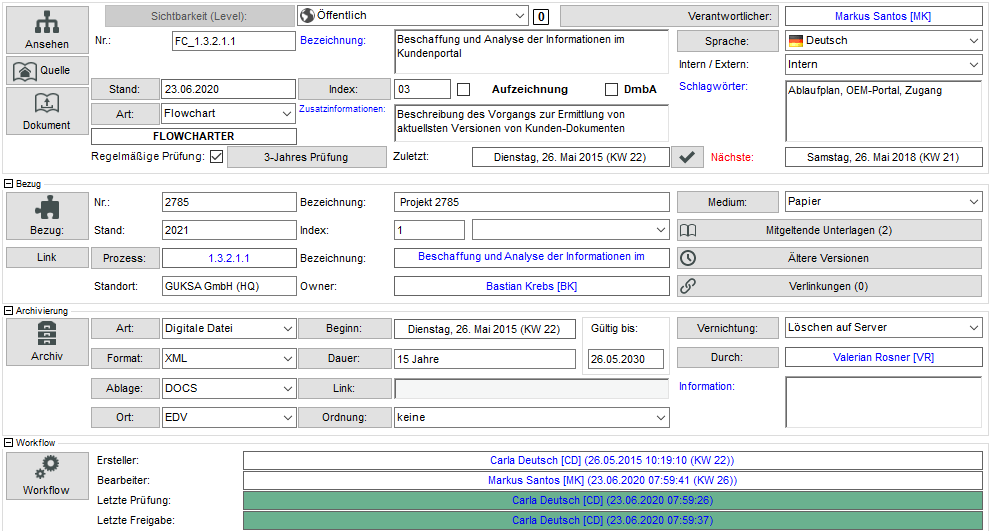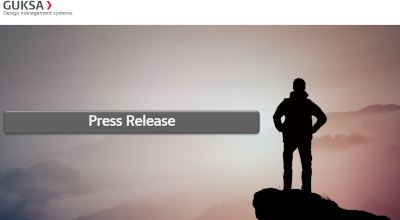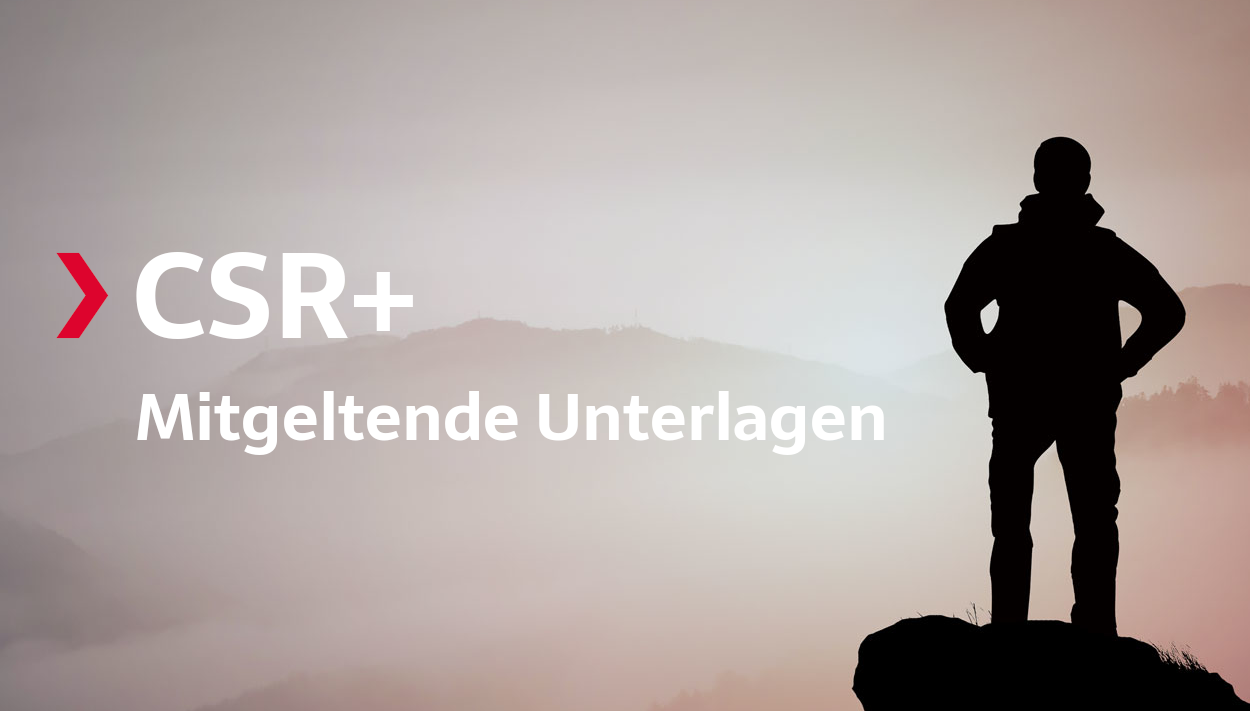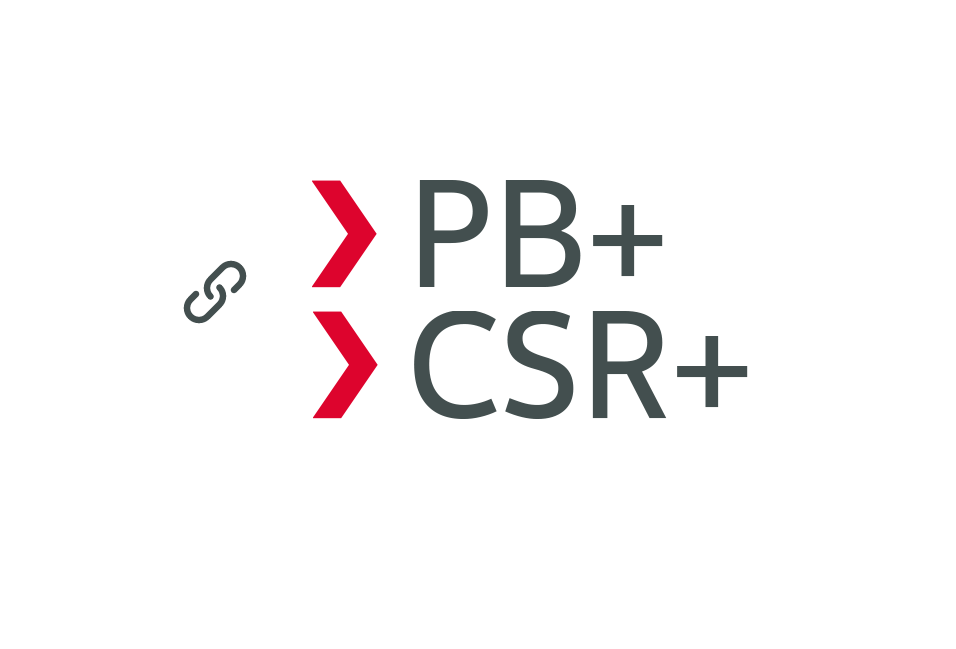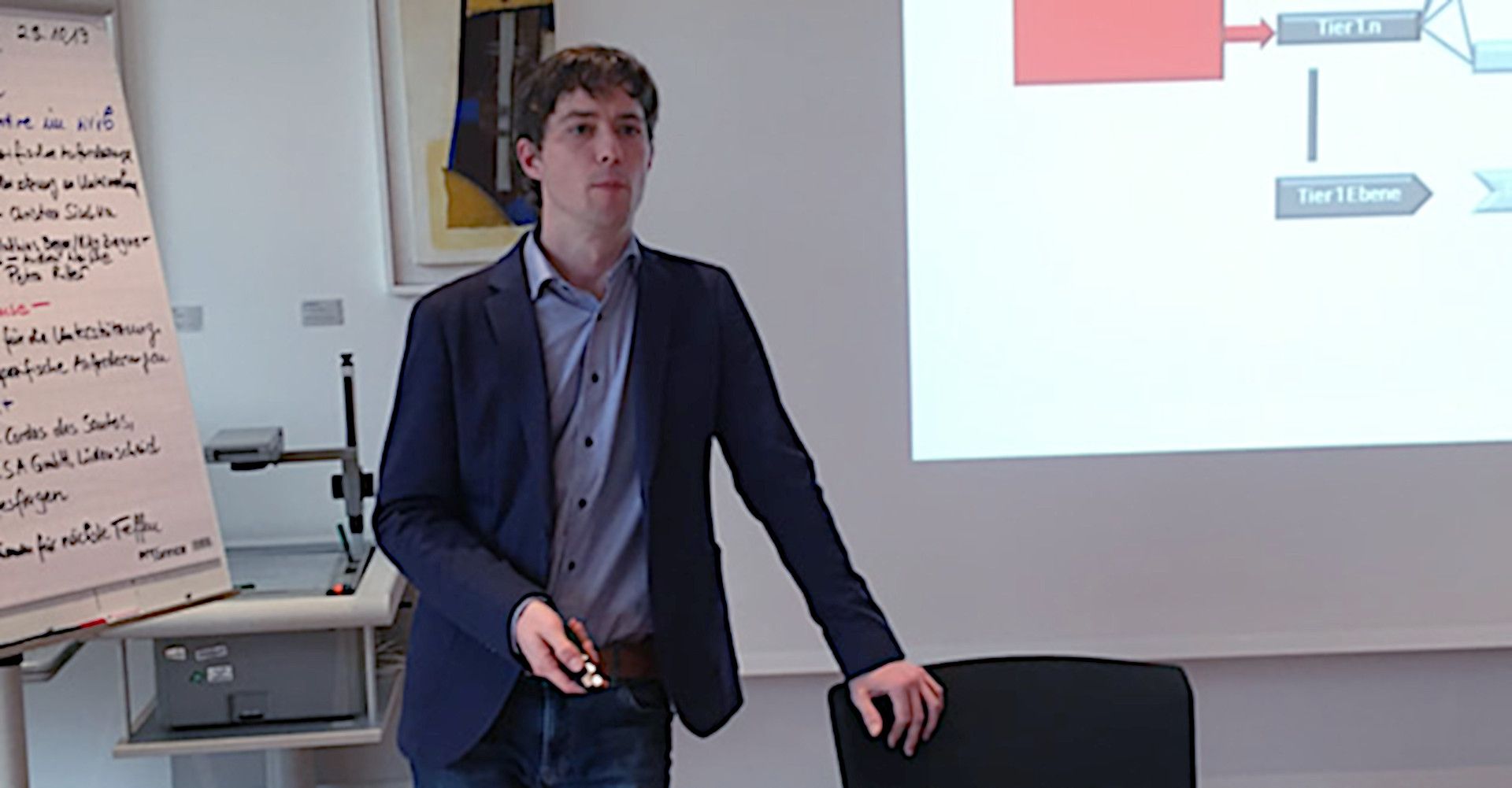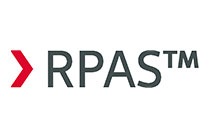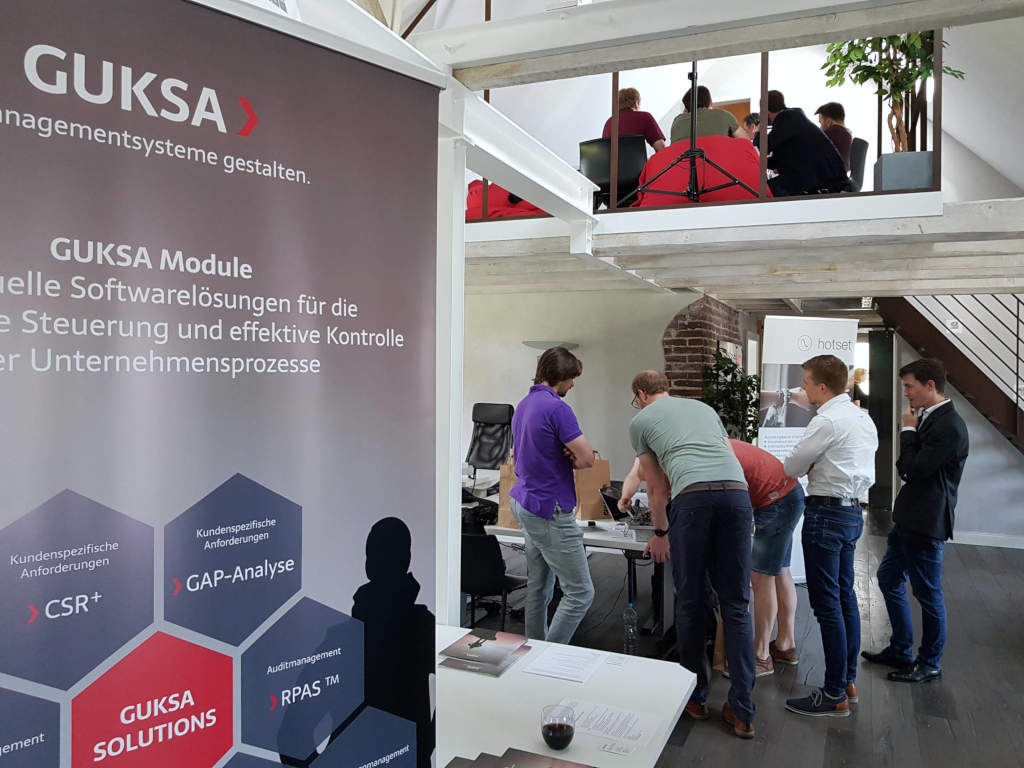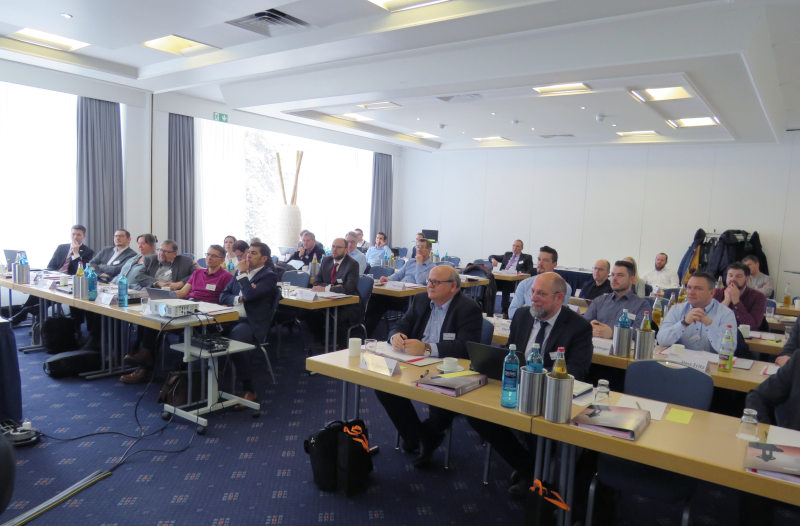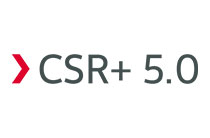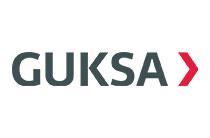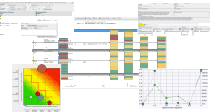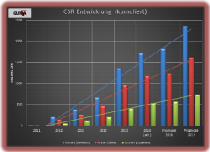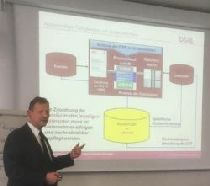Assign documents,
Centralize management
-
Our >DOCS has all relevant requirements of a modern and efficient document management system and supports you in the implementation of an effective management system through targeted processing and provision of documents for verification. The requirements of ISO 27001 and TISAX regarding archiving and protection of documents are taken into account.
By linking to further GUKSA modules, our >DOCS offers you a comprehensive management of documents with additional consideration of process-specific information such as the >PB+ module.
With customizable access rights, you can ensure that certain people have read-only rights, for example, while others can also edit and delete data. Thus, the >DOCS administrator can e.g. define the organizational sovereignty, so that only certain persons do not get, read or write rights e.g. to financial or personnel data.
As a result, certain sensitive data (personnel data, customer documents, etc.) can be blocked from access. Furthermore, it is possible to limit the availability of data for a certain period of time..
- Reduce redundancies by eliminating the need for different document storage and warehousing locations within your organization by using a centralized online tool
- Sustainable change management of documents through your company-specific defined workflow for review, approval and provision of current documents
- Efficient access to relevant documents through fast and uncomplicated search functions
- Document integrity through appropriate viewing permissions that can be determined on a user-specific basis, ensuring your company's data protection requirements are met
- Control of corporate information and knowledge via access rights
- Significant effort reduction, as new documents and documents to be reviewed are immediately visible to users, making it easier to maintain your company's documents
- Facilitation and security of evidence in customer and certification audits through realization of the standard requirement, document control and archiving
- Meeting compliance requirements through audit-proof archiving
- Contributing to sustainability and reducing costs through lower paper consumption
- Translation of document content into different languages
-
The >DOCS module is used for database-supported management of electronic documents, your company and process-relevant as well as technical internal and external documents. >DOCS offers the possibility to fill out corresponding default documents and to archive them as a proof document in a data-safe way.
New versions or changes to these documents can be displayed comprehensively and transparently, and are quickly and easily available to the user with essential information such as process affiliation, type, review interval and archiving duration.
Before a document becomes retrievable, checks and approvals can be defined for the respective document. Only after this workflow, generated according to your specific requirements, has been executed, will the document be visible to your employees. In addition, the relevant persons can be informed by e-mail.
Documented information can also be provided with keywords and additional information, which leads to an effective search for documents and employees can find targeted information.
-
Through the connection to the PB+ module, the documents can be implemented directly in the corresponding processes from your process landscape
With ATS, you can comprehensively analyze and evaluate documents from DOCS (or other documents). Further measures can also be derived for this
With the TODO Manager, the measures resulting from the review of internal documents can be transferred to a measure tracking. Here you have, among other things, the possibility to plan these measures further, to delegate them and, for example, to receive overviews for evaluation
Close
>DOCS (Dokumentenmanagement)
The module DOCS allows you to manage your business’s company or process related documents. With DOCS, documents can be registered, checked and approved. New versions or changes to these documents can be displayed completely and transparently.
Learn more...
Close
>AUDiT (Audit management)
The module AUDiT serves the purpose of planning, implementing and evaluating audits of all kinds. With AUDiT you can conduct audits according to prescribed or completely individualized proceedings. AUDiT offers the possibility to compare different audits, also with regard to risks, and therefore accomplishes a significant benefit.
Learn more ...
Close
>ATS (Feasibility study)
The module ATS (Analysis of technical specifications) is a software for the analysis and evaluation of text and image files of numerous kinds (General terms and conditions, QSV, etc.) that works across different locations. Therefore, ATS can be used for contract reviews as well as for graphic documents like drawings, sketches, samples, photos, etc. You receive a requirements engineering tool that supports you during the creation, evaluation, maintenance and reuse of technical specifications, e.g. in the context of feasibility checks.
Learn more ...
Close
>PB+ (Process management)
The module PB+ provides the implementation of a modern process management in your company. The individual structure of your company across various locations is realized systematically through the creation and management of appropriate processes. These processes are provided with responsibilities and form a close network of communication and information flows through interactions with other company processes.
Learn more ...
Close
>RISK (Risk management)
With the Risk module a risk management system can be created and tracked. For this purpose, you can create a risk matrix for various risks arising from litigation (as PB +), audits (as RPAS™) or general individual risks (e.g. from CSR + or ATS). Using the scenario technique, you can see how risk change by appropriate measures. Furthermore, you can compare different risk considerations in a temporal sequence (e.g. annual consideration).
Learn more ...
Close
>TODO (Measure management)
The module ToDo enables you to manage and monitor measures in a structured manner. Accordingly, you can recognize the dependency of different tasks to each other. All tasks are controlled person-related and can be communicated via e-mail. With the help of escalation levels, you can determine automatic system-sided reactions and messages. The tasks can be controlled and displayed across locations through the web-based approach. Therefore, you have a quick overview over the current status of all of your projects.
Learn more ...
Close
GUKSA >DiMS
The GUKSA SOLUTIONS application contains various modules to support and design your main management areas. Please click the corresponding comb for further information.
Mehr erfahren ...
Close
>CSR+ LEGAL (Customer specific requirements)
The module CSR+ (Customer Specific Requirements) is a software solution for the evaluation, analysis, and management of your customer specific requirements (CSR). The system provides a structured and transparent depiction of customer specific QM system requirements and requirements to a standard (e.g. IATF 16949, ISO 9001, IRIS, etc.).
Learn more ...
Close
>ORG (Organisational Management)
The module CSR+ (Customer Specific Requirements) is a software solution for the evaluation, analysis, and management of your customer specific requirements (CSR). The system provides a structured and transparent depiction of customer specific QM system requirements and requirements to a standard (e.g. IATF 16949, ISO 9001, IRIS, etc.).
Learn more ...
Close
>ISMS (Information Security Management)
The module ISMS (Information security management) is currently in the project phase.
-
For more information please contact us directly.
Close
>ANALYSIS (analysis tools)
In the GUKSA analysis tool, the data and results in the various applications are linked together, enabling efficient and effective execution of the analyses.
They can be further processed, e.g. with brainstorming and mind mapping, then with the Ishikawa tool, in order to show cause-effect relationships and, e.g., evaluate opportunities/risks.
Determine in detail the causes of audit deviations, which you have identified e.g. with our RPAS® module or error causes in connection with deviations in production or customer complaints. Starting from the Ishikawa diagram via the 5-Why and/or Is/Is-not-analysis, the root cause is systematically determined. The 5-Why analysis and the Is/Is-not-analysis are based on VDA Volume 8D.
Learn more...
Close
>SQM CSR (CSR in Supplier Management)
The module CSR+ (Customer Specific Requirements) is a software solution for the evaluation, analysis, and management of your customer specific requirements (CSR). The system provides a structured and transparent depiction of customer specific QM system requirements and requirements to a standard (e.g. IATF 16949, ISO 9001, IRIS, etc.).
Learn more ...
Close
>PAS (Process audits)
The planning and implementation of internal and external (process) audits often requires the organization to commit considerable resources (time/costs). The>GUKSA PAS Software supports you in this respect and offers you a wide range of solutions.
With the information manager, you and the departments concerned are reminded in good time of upcoming audits and measures that are due.
Various views and export options allow you to keep track of all planned and completed audits and auditor resources in your company.
Learn more...
Close
>VDI 4056
The module VDAI is currently in the project phase.
-
For more information please contact us directly.
Close
>CSR+ (Customer specific requirements)
The module CSR+ (Customer Specific Requirements) is a software solution for the evaluation, analysis, and management of your customer specific requirements (CSR). The system provides a structured and transparent depiction of customer specific QM system requirements and requirements to a standard (e.g. IATF 16949, ISO 9001, IRIS, etc.).
Learn more ...
